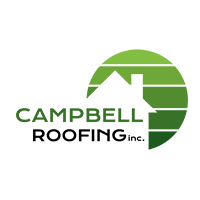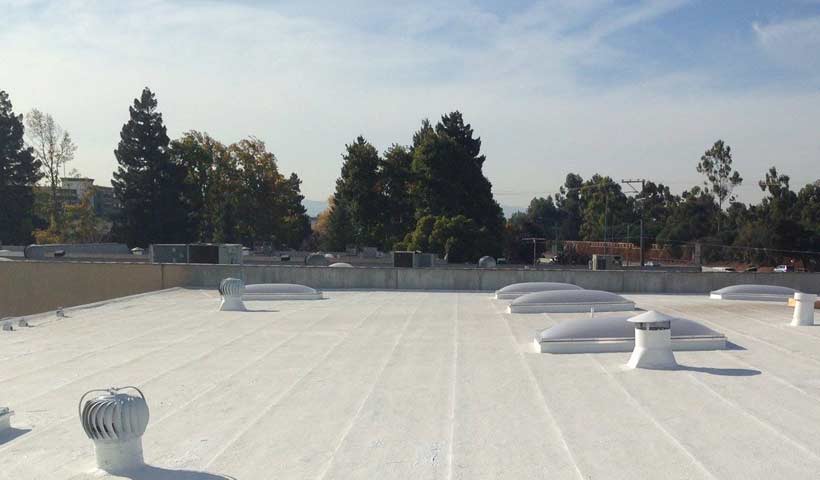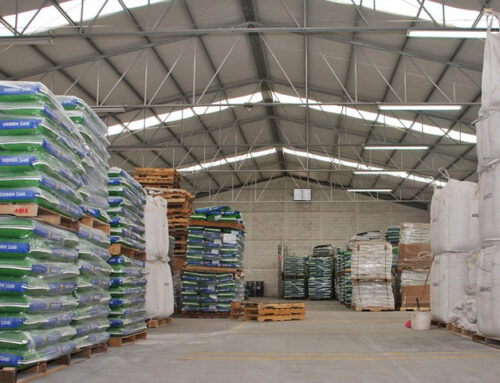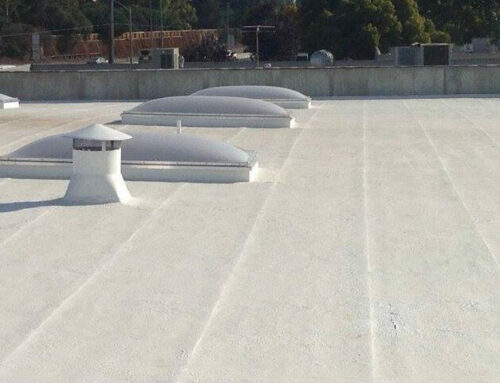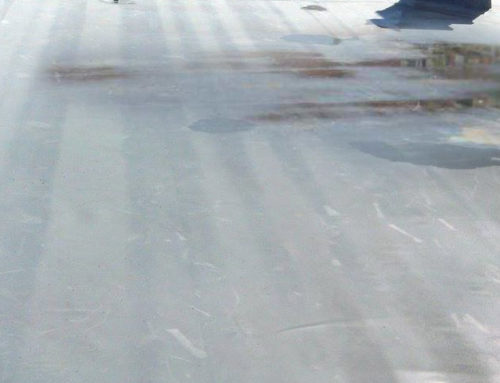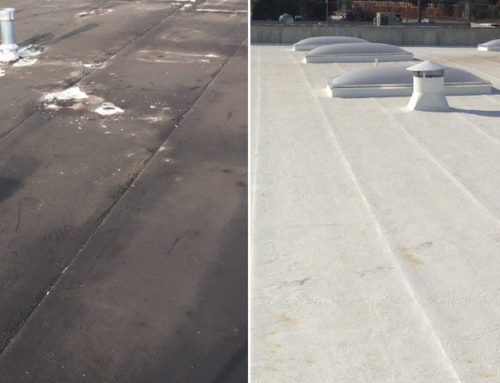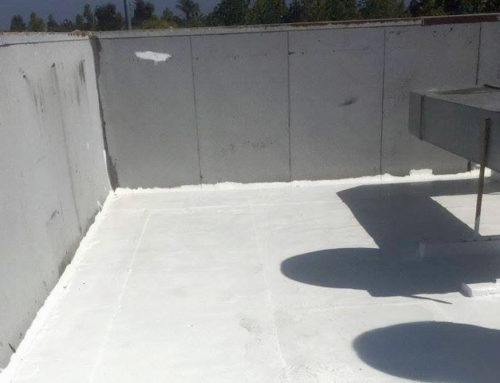On your home, you have a sloped roof. Why are flat roofs more common on larger commercial buildings? There are a few advantages of flat roofing that make it ideal for commercial buildings. For one thing, commercial roofs can be much, much larger than homes. On these kinds of buildings, creating a sloped surface and installing one shingle at a time is a daunting task.
However, it’s not just about size. Smaller commercial buildings might have flat roofs too. Here’s why.
Flat Roofs are a Great Place for HVAC Equipment
In your home, your HVAC equipment (like your furnace and air conditioner) go in your basement or your window. A commercial building needs much larger HVAC equipment, and a flat roof is the perfect place to store them. Maintenance staff can access the roof without bothering anyone working inside, and the equipment doesn’t take up valuable space in the building.
Of course, if the building had a sloped roof, the equipment couldn’t be installed up there. It also wouldn’t be safe for maintenance people to routinely access without a harness or other safety equipment.
Flat Roofs have Better Drainage Options
The bigger the roof, the more rain it collects. At higher volumes of rainwater collection, typical home gutter systems are less desirable solutions to drain that water. The gutters are too small to relieve such volumes of water all at once. This can create a backlog of water that starts to wear on the roofing materials, or which splashes off the edge of the roof, potentially damaging the property or soaking pedestrians.
Commercial roofs have more elaborate drainage systems, including gravity-driven and symphonic systems, to cope with the large amounts of water they need to drain. They may have internal pipes, or pipes across the roof, in order to help divert water safely.
Flat Roofs Don’t Need Wooden Frames
Most modern commercial buildings are made out of concrete and steel for strength and durability. It is a challenge to connect concrete and steel to other materials, such as a wood frame for a pitched roof or an aluminum gutter system. These materials expand and contract at different temperatures and rates, which can make them less stable when used together.
Flat roofing does not require a wood frame. Further, the asphalt roll roofing or asphalt roofing membranes used on a flat roof work well with concrete, steel, and other modern materials.
Other Benefits of Flat Roofing Systems for Commercial Buildings
There are a few more benefits of flat roofing over a pitched roof. Not all commercial buildings will take full advantage of these features, but they are desirable bonuses:
- Aesthetics: Commercial building owners want to match their neighbors, and the current style is to have a flat roof. Flat roofing can be beautiful, as they put more emphasis on the siding material and create that modern “block” look.
- Extra space: Flat roofs can also give the building owner additional space, perhaps for a patio or even a garden. Installing a green roof is a lot more work, and requires special architectural considerations, but it can be a huge benefit.
- Longevity: When properly installed, a quality flat roof system can last a long time.
In the end, flat roofs are a better choice for most large commercial buildings than sloped roofs. Our service area covers everything from Morgan Hill to Mountain View and more, so when you need a commercial repair, our roofing contractors will be there.
